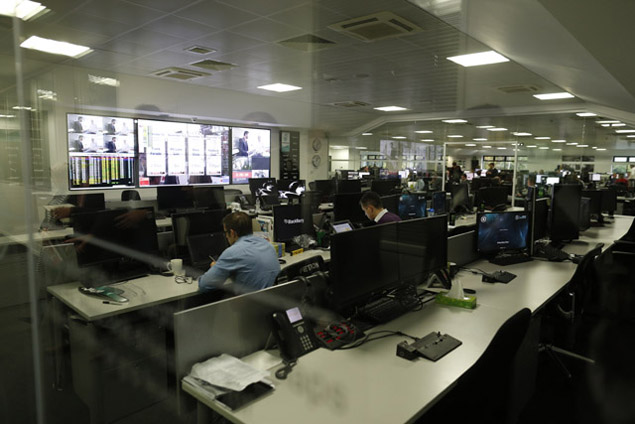A STEP-BY-STEP APPROACH
In order to reach such a high level of sophistication in terms of strategy, engineers in the ops room need to follow a meticulously laid out plan.
On Friday night, they start analysing all the relevant free practice data, using advanced and bespoke software that has been designed by mathematicians specialising in probability. Taking into account lap times, tyre wear, pit stop time, and time from pit entry to pit exit, they come up with the optimum number of pit stops for the race… if there was no traffic: this first simulation yields an ideal but theoretical proposal.
Saturday’s qualifying times add new factors to the equation, with engineers deducing their rivals’ average speed and trying to find when they will stop. On Sunday, they are adjusting their simulations in real time, lap by lap, depending on race events, traffic, tyre wear, track conditions, etc.
The rationale behind the process is to objectivise decision-making instead of relying solely on intuition and rough calculations. Now, that’s theory. Reality shows that data are not always sufficient to make the right call, as highlighted by Lewis Hamilton’s unnecessary pit stop under the Safety Car at Monaco last year, which cost the future triple world champion a sure win.
“We believed we could make a free stop to cover risk of cars behind on Super Soft [tyres],” Mercedes motorsport boss Toto Wolff explained in the aftermath of the blunder. “Unfortunately our data was wrong.
“You need the right balance between data and gut feeling. Our tools told us we had the gap but they were wrong.
“Under the Safety Car you need 12 seconds gap to maintain position. Our system showed us that we had that gap.”







